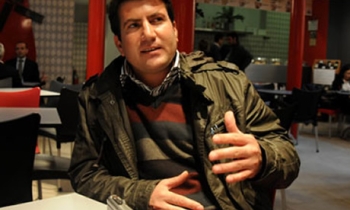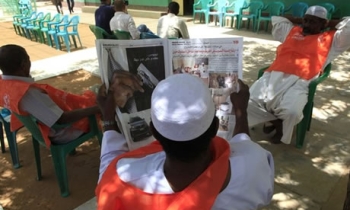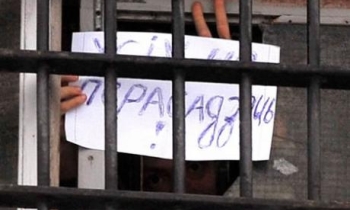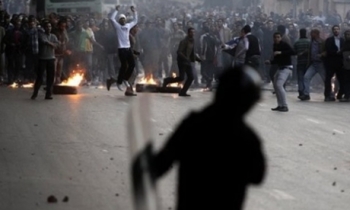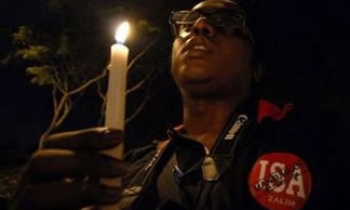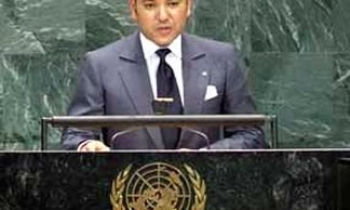The Correio Braziliense, published from Sau Paulo in Brazil, regularly conducts promotion programmes aimed at encouraging people to try the newspaper. These campaigns are conducted in parts of the city with a high foot-traffic. Last year, the daily carried out the Sampling Kit campaign with the objective to increase the number of people sampling the newspaper each month without increasing promotional costs.

The solution was to create a promotional kit with below-the-line material that could be easily adaptable to different locations, with colours that would attract attention and raise curiosity levels and communicate the promotional offer — free copies of the newspaper for seven days. The pieces created for the kit among other things were a t-shirt, a banner, and a brochure for registration in a predominantly orange colour, designed to publicise the concept "it doesn’t cost anything to be well-informed". To stay within the budgetary constraints, the strategy was to reduce the number of hours dedicated to the programme during the the month and train the promoters in-house.
After the implementation of the Sampling Kit programme, the number of people trying the newspaper each month increased by 59 per cent on an average. The standardisation also had a positive impact on the company’s image through the easy identification of the promoters and consequently increasing the credibility of the programme, which was carried out in various areas of the city with high pedestrian traffic.
The Correio Braziliense promotional strategy is one of the 40 illustrated case studies collated by Leah Schafer for the International Newspaper Marketing Association (INMA) in its recent booklet The Latest Approaches in Newspaper Single-Copy Sales Promotion, which contains case studies revealing diverse ways that the newspaper's brand, promotions, and position within the community have been used to develop single-copy sales.
Single-copy buyers are an eagerly sought audience by newspapers everywhere. The booklet intends to showcase how newspapers are building relationships with their readers, one copy of the newspaper at a time. According to INMA, "Marketers and other newspaper executives building single-copy circulation will find in these campaigns a number of engaging ideas to expand their company's retail and newsstand sales. The case studies in the report demonstrate a variety of strategies to attract casual and regular consumers of single-copy distribution." The booklet is essentially a compilation of the latest tactical ideas, including value-added promotions, contests, supplements, sporting event tie-ins, retailer partnerships, giveaways, and more.
Clarín, published from Buenos Aires in Argentina, reported about its campaign titled Acción Día del Cumpleaños. Its focus was on the position that the newspaper holds as a public service and to reinforce the dynamic relationship that the written media has with the people — both readers and non-readers — and to appreciate the role of journalism in general. The newspaper developed a campaign in which real people were the central focus, and focused on the ways the newspaper could modify something in their lives.

The August 28, 2005 issue of Clarín went on sale with a reproduction of the first cover from 1945. This was intended to celebrate its 60th anniversary, and reinforce the bond between newspaper and society. It also included 20 pages from the original edition of the daily. Clarín saw a 22 per cent increase in the circulation of its Sunday edition.
Far away at a tiny town in Ireland, a newspaper harped on its journalistic credibility. The Drogheda Independent, a weekly broadsheet, that has served the 29,000 people of the town of Drogheda for over 120 years, devised the positioning statement “It Takes a Big Paper to Give You the Big Picture," thus driving home the message that the Drogheda Independent was the only credible newspaper product in the area. Its rival is a free tabloid.
The objectives of the campaign were to reestablish the newspaper among the existing audience, attract new readers in the circulation area, and achieve circulation of at least 11,000 copies per week, initially over a six-week period. To start with, a new three-page, themed section was introduced into the newspaper that provided the big picture on salient topics in the target audience’s daily lives.
The readership boost exceeded expectations and continued well after the campaign. Over the six weeks of the campaign, average weekly sales done by the Audit Bureau of Circulations found a circulation of 11,775, up from 10,409 in the six weeks preceding the campaign. Average weekly sales in the six weeks following the campaign were 11,665.

For Herald Sun, published from Melbourne in Australia, its decision to convert a world favourite board game into a prize bonanza became a circulation driver. The Monopoly Promotion was aimed at increasing sales over a two-week period. Readers received a game card in the newspaper each day, and collected a set of property tokens to win prizes, from A$5,000 in cash to a BMW car to movie tickets. A total of A$25,000 was set aside for winnings in cash prizes. The promotion not only created an increase in sales over the 12 days, up to 40,000 copies a day, it also engaged readers and recast an old family favourite board game in a modern-day format.
Townsville Bulletin, published from Townsville in Queensland, Australia, carried out a novel campaign. With boating and fishing the major hobby/pastime in the region, there was a need to protect mobile telephones from water and sand damage. The newspaper understood this, and its marketing manager travelled to China to source a waterproof mobile telephone cover that would allow the user to make and receive calls while out on the water without removing the handset out from the cover.
The main objective of the promotion was to increase circulation by offering a new quality product at a discounted price with a coupon from the newspaper. The strategy worked – Readers purchased more than 4,000 Townsville Bulletin waterproof mobile phone covers with a coupon from the newspaper for A$6 — a discount of A$3.95 off the retail price. Circulation increased by 12,347 copies, and the waterproof mobile telephone cover was hailed by fishermen and the coast guard as a potential lifesaver.

